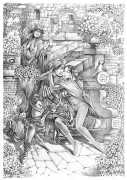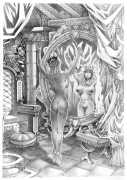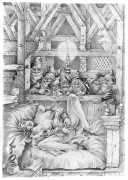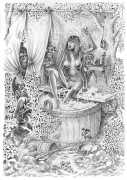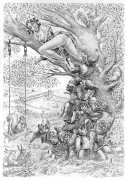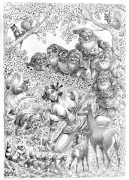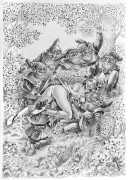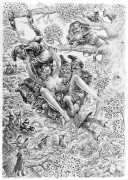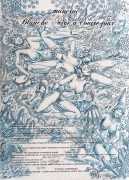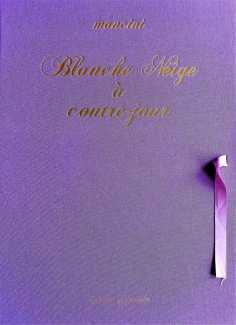 There are so many ways in which the story of Snow White and the seven dwarves can be construed, including important issues of consent (is it okay to kiss a sleeping princess?) and ableism (are very short people intrinsically a bit dim?), that any reinterpretation of the classic Brothers Grimm fairy tale is open to abundant criticism. When a sexual element is introduced, those issues become even more acute.
There are so many ways in which the story of Snow White and the seven dwarves can be construed, including important issues of consent (is it okay to kiss a sleeping princess?) and ableism (are very short people intrinsically a bit dim?), that any reinterpretation of the classic Brothers Grimm fairy tale is open to abundant criticism. When a sexual element is introduced, those issues become even more acute.
One of Robert Hugues’ retirement projects was the creation of twelve detailed drawings, arguably his best and most interesting, depicting the story of Snow White (Blanche Neige), concentrating on the time spent with Dopey, Doc, Bashful, Sneezy, Happy, Grumpy and Sleepy. Blanche Neige à contre-jour (Snow White Backlit) features a rather gormless-looking heroine who nevertheless appears to be at ease with her new friends, especially as she seems more interested in the phallic mushrooms growing in the woods than the charms of her companions. What is particularly charming about these twelve plates is the detail of trees, plants, animals and birds accompanying most of the scenes.
But does any of this redeem the inherently suspect story-line?
Blanche Neige à contre-jour was published by Éditions Garrandes, Nice, in a limited numbered and signed edition of 150 copies.


